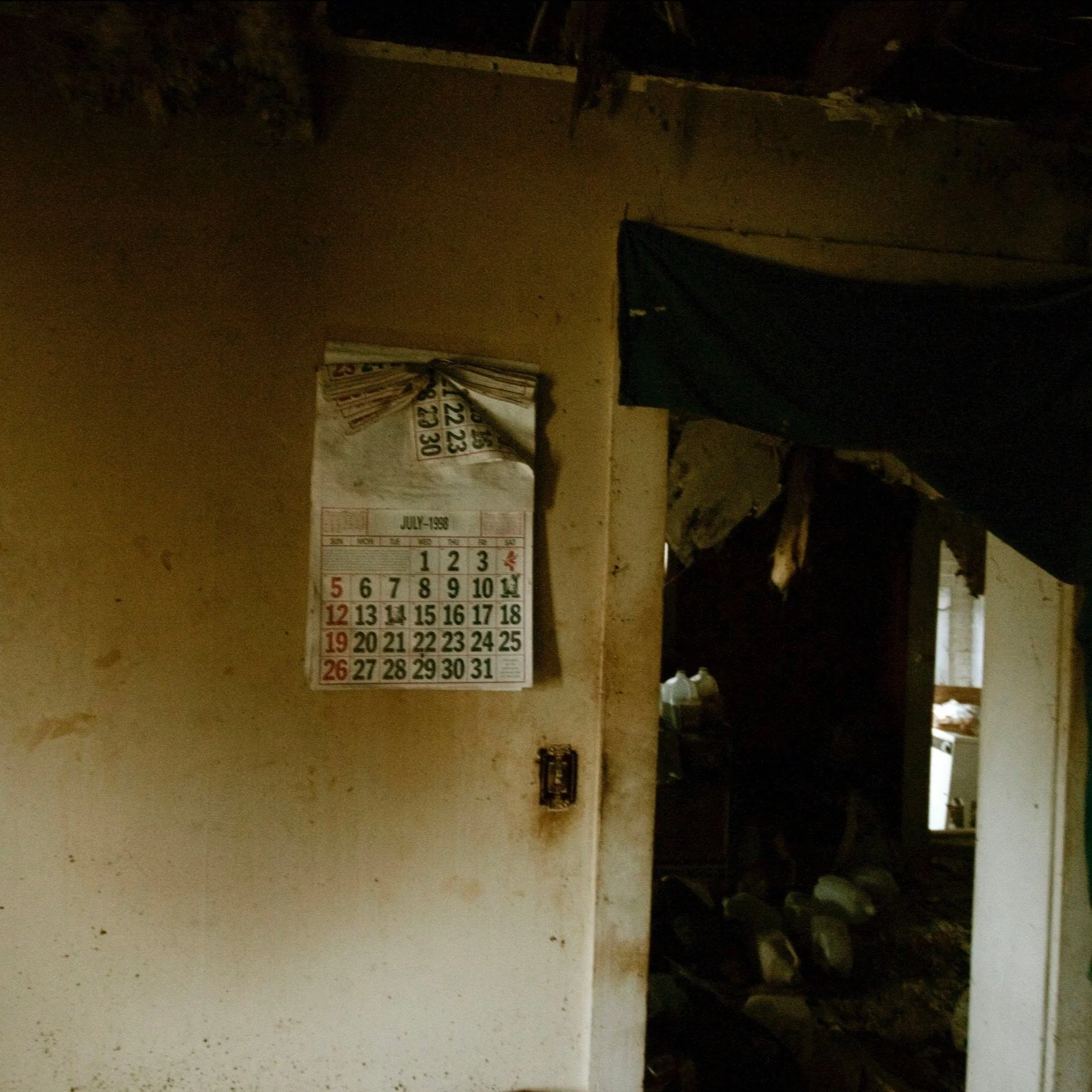The Connection Between Water Damage and Mold Growth
Knowing the link between water damage and mold growth is crucial in effectively preventing and mitigating these issues.
Water damage is a common issue many property owners face, whether due to flooding, leaks, or high humidity. While water damage can cause immediate problems, such as structural deterioration and damage to personal belongings, it also has the potential to lead to long-term complications if not addressed promptly. One of the primary risks connected with water damage is the development of mold, which can have significant implications for both the property and its occupants. Knowing the link between water damage and mold growth is crucial in effectively preventing and mitigating these issues.
The Conditions for Mold Growth
Mold is a fungus that flourishes in environments with excess moisture, organic material, and little to no sunlight. After water damage, the affected areas often provide the perfect conditions for mold to thrive. Mold spores are everywhere, indoors and outdoors, and can settle on wet surfaces, beginning to grow within 24 to 48 hours under the right conditions. Areas such as basements, bathrooms, and kitchens are particularly susceptible due to their frequent exposure to moisture. Once mold develops, it can spread quickly, penetrating porous materials like drywall, wood, and carpets, leading to extensive damage.
Health Risks Associated with Mold
Mold growth is not only a threat to the structural integrity of a building but also poses significant health risks. Long-term mold exposure can cause various health issues, especially for those with respiratory disorders, allergies, or weakened immune systems. Signs of mold exposure may include coughing, sneezing, skin irritation, and more severe respiratory problems in some cases. Certain types of mold, such as black mold, produce mycotoxins, which are toxic and can have even more severe health implications. Addressing water damage quickly and effectively is essential in preventing mold growth and protecting the health of the building's occupants.
The Role of Restoration Experts
Addressing water damage and preventing mold growth is a task best left to restoration experts. These professionals have the knowledge, experience, and equipment to assess the extent of water damage, remove excess moisture, and treat affected areas to prevent mold from developing. Restoration experts typically use advanced techniques, such as dehumidification, air movers, and specialized cleaning solutions, to dry out the affected areas and inhibit mold growth. Early intervention by restoration experts can significantly reduce the risk of mold taking hold, minimizing both the immediate and long-term impact of water damage.
The Importance of Timely Response
A prompt response to water damage is critical in preventing the conditions that cause mold growth. Even a small leak or water intrusion can create the moisture-rich environment that mold needs to thrive. Restoration experts recommend immediately addressing any signs of water damage, including fixing leaks, drying out wet areas, and removing standing water. Prompt action reduces the risk of mold and prevents further damage to the property, which can save time and money in the restoration process.
Long-Term Impacts of Mold Growth
If mold growth is not addressed, it can lead to long-term consequences that are costly and difficult to reverse. Mold can lessen a building's structural integrity by breaking down wood, drywall, and other materials. Over time, the damage can become severe, requiring extensive repairs or replacement of affected areas. Additionally, mold can spread through the HVAC system, contaminating the air throughout the property and leading to widespread health issues. Regular inspections and prompt action after any water-related incidents are essential in preventing these long-term impacts.
Preventative Measures Against Mold
Preventing mold growth starts with controlling moisture levels within the property. Regular plumbing, roof, and window maintenance prevents leaks and water intrusion. Dehumidifiers in areas susceptible to humidity, such as basements and bathrooms, can help keep moisture levels in check. After any incident involving water damage, it is essential to dry out affected areas as quickly as possible, even if the damage seems minor. Engaging restoration experts for a thorough assessment and cleaning can further reduce the risk of mold taking hold and spreading.
Final Thoughts
The tie between water damage and mold growth emphasizes the importance of prompt and effective action in addressing moisture-related issues. Water damage forms the perfect conditions for mold to thrive, leading to significant health risks and long-term property damage. Restoration experts are crucial in mitigating these risks by promptly addressing water damage and preventing mold growth through professional techniques and equipment. Property owners can protect their homes and maintain a safe, healthy environment by taking preventive measures and responding quickly to any signs of water damage.
Eco-Green of Arizona offers comprehensive water damage restoration, mold remediation, and carpet repair services in Goodyear, AZ, and nearby areas. We also specialize in carpet cleaning, tile and grout cleaning, and upholstery cleaning. Our 24-hour service and six-month warranty allow our customers to enjoy peace of mind and a healthy indoor environment. Call us at (623) 257-8787.

